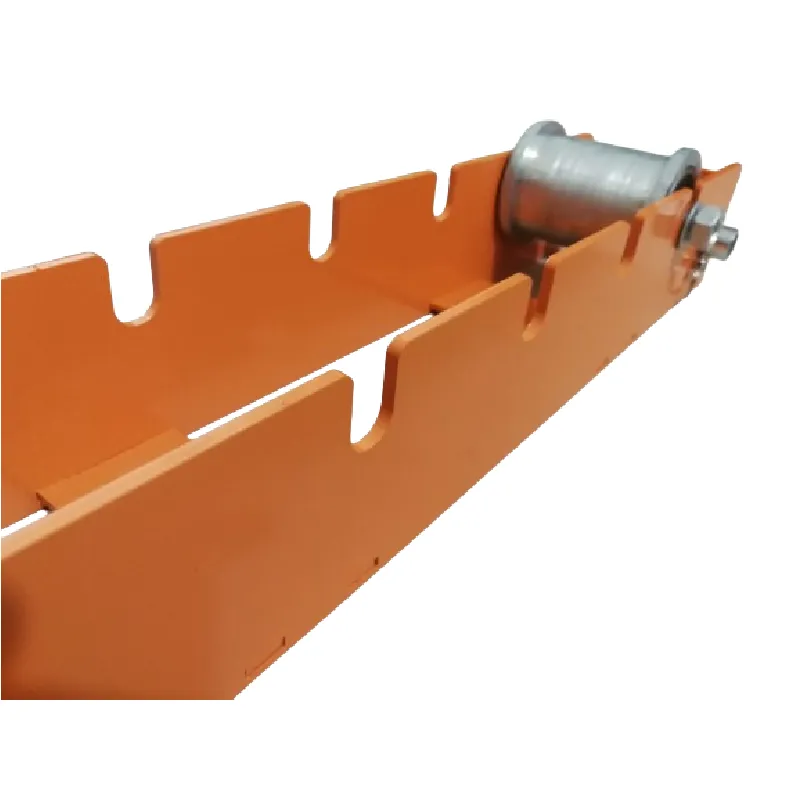
-
 Afrikaans
Afrikaans -
 Albanian
Albanian -
 Amharic
Amharic -
 Arabic
Arabic -
 Armenian
Armenian -
 Azerbaijani
Azerbaijani -
 Basque
Basque -
 Belarusian
Belarusian -
 Bengali
Bengali -
 Bosnian
Bosnian -
 Bulgarian
Bulgarian -
 Catalan
Catalan -
 Cebuano
Cebuano -
 Corsican
Corsican -
 Croatian
Croatian -
 Czech
Czech -
 Danish
Danish -
 Dutch
Dutch -
 English
English -
 Esperanto
Esperanto -
 Estonian
Estonian -
 Finnish
Finnish -
 French
French -
 Frisian
Frisian -
 Galician
Galician -
 Georgian
Georgian -
 German
German -
 Greek
Greek -
 Gujarati
Gujarati -
 Haitian Creole
Haitian Creole -
 hausa
hausa -
 hawaiian
hawaiian -
 Hebrew
Hebrew -
 Hindi
Hindi -
 Miao
Miao -
 Hungarian
Hungarian -
 Icelandic
Icelandic -
 igbo
igbo -
 Indonesian
Indonesian -
 irish
irish -
 Italian
Italian -
 Japanese
Japanese -
 Javanese
Javanese -
 Kannada
Kannada -
 kazakh
kazakh -
 Khmer
Khmer -
 Rwandese
Rwandese -
 Korean
Korean -
 Kurdish
Kurdish -
 Kyrgyz
Kyrgyz -
 Lao
Lao -
 Latin
Latin -
 Latvian
Latvian -
 Lithuanian
Lithuanian -
 Luxembourgish
Luxembourgish -
 Macedonian
Macedonian -
 Malgashi
Malgashi -
 Malay
Malay -
 Malayalam
Malayalam -
 Maltese
Maltese -
 Maori
Maori -
 Marathi
Marathi -
 Mongolian
Mongolian -
 Myanmar
Myanmar -
 Nepali
Nepali -
 Norwegian
Norwegian -
 Norwegian
Norwegian -
 Occitan
Occitan -
 Pashto
Pashto -
 Persian
Persian -
 Polish
Polish -
 Portuguese
Portuguese -
 Punjabi
Punjabi -
 Romanian
Romanian -
 Russian
Russian -
 Samoan
Samoan -
 Scottish Gaelic
Scottish Gaelic -
 Serbian
Serbian -
 Sesotho
Sesotho -
 Shona
Shona -
 Sindhi
Sindhi -
 Sinhala
Sinhala -
 Slovak
Slovak -
 Slovenian
Slovenian -
 Somali
Somali -
 Spanish
Spanish -
 Sundanese
Sundanese -
 Swahili
Swahili -
 Swedish
Swedish -
 Tagalog
Tagalog -
 Tajik
Tajik -
 Tamil
Tamil -
 Tatar
Tatar -
 Telugu
Telugu -
 Thai
Thai -
 Turkish
Turkish -
 Turkmen
Turkmen -
 Ukrainian
Ukrainian -
 Urdu
Urdu -
 Uighur
Uighur -
 Uzbek
Uzbek -
 Vietnamese
Vietnamese -
 Welsh
Welsh -
 Bantu
Bantu -
 Yiddish
Yiddish -
 Yoruba
Yoruba -
 Zulu
Zulu


Aug . 29, 2024 07:42 Back to list
Rope Grip - Enhancing Your Performance with Innovative Grip Solutions
The Importance of Rope Grip in Various Activities
Rope grip, an essential aspect of both recreational and professional activities, plays a crucial role in ensuring safety and efficiency. Whether it's climbing mountains, engaging in rescue operations, or participating in outdoor sports, the ability to maintain a firm hold on a rope can mean the difference between success and failure, safety and danger. This article explores the significance of rope grip in various contexts, the techniques to improve it, and tools that enhance grip strength.
In climbing, a solid rope grip is paramount. Climbers utilize ropes not only to ascend but also to protect themselves in case of a fall. A reliable grip allows climbers to maneuver effectively, find balance, and conserve energy while scaling heights. Techniques such as using a “double tie-in” and ensuring proper hand positioning can significantly improve a climber’s grip. For beginners, practicing on bouldering walls or using climbing training boards can help develop the necessary grip strength and technique required for more challenging climbs.
In rescue operations, rope grip is equally critical
. First responders often find themselves in situations where they must lower or hoist individuals to safety. A secure rope grip ensures that both the rescuer and the victim are safe. Techniques like the “wrap and lock” method are often employed to secure a stronger hold, and regular training drills can help professionals maintain their skills under pressure. The psychological aspect of grip is also essential; knowing that you have a strong hold on a rope can instill confidence and reduce panic in high-stress situations.rope grip

Beyond climbing and rescue, rope grip is crucial in various outdoor sports such as sailing, canyoneering, and even some forms of yoga. In sailing, for example, a firm grip on ropes is necessary for adjusting sails and controlling the boat’s direction. In canyoneering, participants often rely on ropes to navigate through rugged terrains and water passages. Improper grip can lead to accidents and injuries, making it essential for enthusiasts to hone their skills and understand the fundamental aspects of rope handling.
To enhance rope grip, individuals can utilize various techniques and tools. Grip strength can be developed through specific exercises such as hand squeezes, wrist curls, and using grip trainers. Furthermore, using specialized gloves designed for rope handling can improve friction and prevent slippage. These gloves provide additional support and protect against blisters and abrasions, allowing users to perform tasks more effectively.
In conclusion, the significance of rope grip cannot be overstated. It is a fundamental skill that spans numerous activities, from climbing and rescue operations to recreational sports. Improving one’s rope grip not only enhances performance but also significantly contributes to safety. As individuals engage in these activities, understanding the techniques and tools available for better grip should be a priority. Ultimately, mastering rope grip ensures that adventurers tackle challenges with confidence and security, paving the way for safe and enjoyable experiences in the great outdoors.
Latest news
What Are Construction Tools and How Are They Used?
NewsJul.11,2025
Professional-Grade Duct Rodding Tools for Superior Cable Installation
NewsJul.11,2025
Enhancing Safety and Efficiency with Modern Hot Stick Solutions
NewsJul.11,2025
Empowering Cable Installation with Advanced Rodder Solutions
NewsJul.11,2025
Elevate Your Cable Installation Projects with Cable Pulling Tools
NewsJul.11,2025
Efficient Cable Handling Solutions: Cable Rollers for Sale
NewsJul.11,2025











